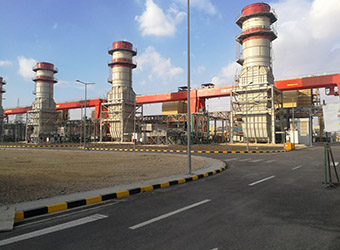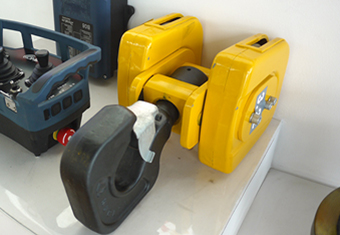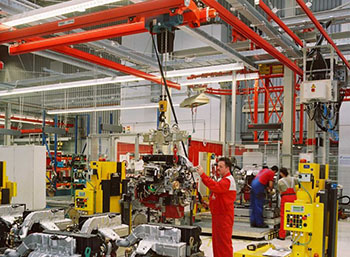Brake disc couplings are couplings with integrated braking functions. They are mainly used in transmission systems that require rapid braking, precise positioning or safe braking. The core feature is the integrated design of the coupling and the brake disc, which can achieve efficient braking while transmitting torque. They are suitable for machine tools, automation equipment, lifting machinery, servo drives and other occasions.
Integrated braking function
Brake disc integration: The coupling body or one end is integrated with a brake disc, which can be directly used with a brake (such as an electromagnetic brake or a hydraulic brake) to achieve rapid braking.
Precise braking control: Suitable for systems that require high-precision positioning such as servo motors and stepper motors to reduce shutdown slippage.
High rigidity and high torque transmission
Rigid structure: Usually made of metal (aluminum alloy, stainless steel, alloy steel) or high-rigidity composite materials to ensure low torsional elastic deformation, suitable for precision transmission.
Large torque transmission: Suitable for small and medium-sized equipment, the torque range is usually 10~5000 Nm (depending on the specific model).
Good dynamic balance
High-speed adaptability: Precision-machined brake discs ensure vibration-free operation at high speeds (e.g., 3,000 to 10,000 rpm), and are suitable for high-speed applications such as CNC machine tools and robots.
Low inertia: Lightweight design reduces rotational inertia and improves the response speed of the servo system.
Compensation capability (depending on the specific structure)
Some models can compensate for small deviations: For example, diaphragm brake disc couplings can compensate for axial (±0.5 to 2 mm), radial (±0.1 to 0.5 mm), and angular (±0.5° to 1°) deviations, but their compensation capability is generally weaker than that of pure flexible couplings (e.g., plum blossom couplings).
Safe and reliable
Emergency braking function: In the event of power failure or failure, the brake can quickly engage to prevent the load from sliding down (e.g., cranes and elevators).
Wear-resistant brake discs: High-hardness materials (e.g., hardened steel, ceramic coatings) are usually used to increase brake life.
Easy installation and maintenance
Modular design: The coupling and brake disc can be separated or integrated, which is easy to install and replace.
Lubrication-free: No sliding parts, reducing maintenance requirements.



